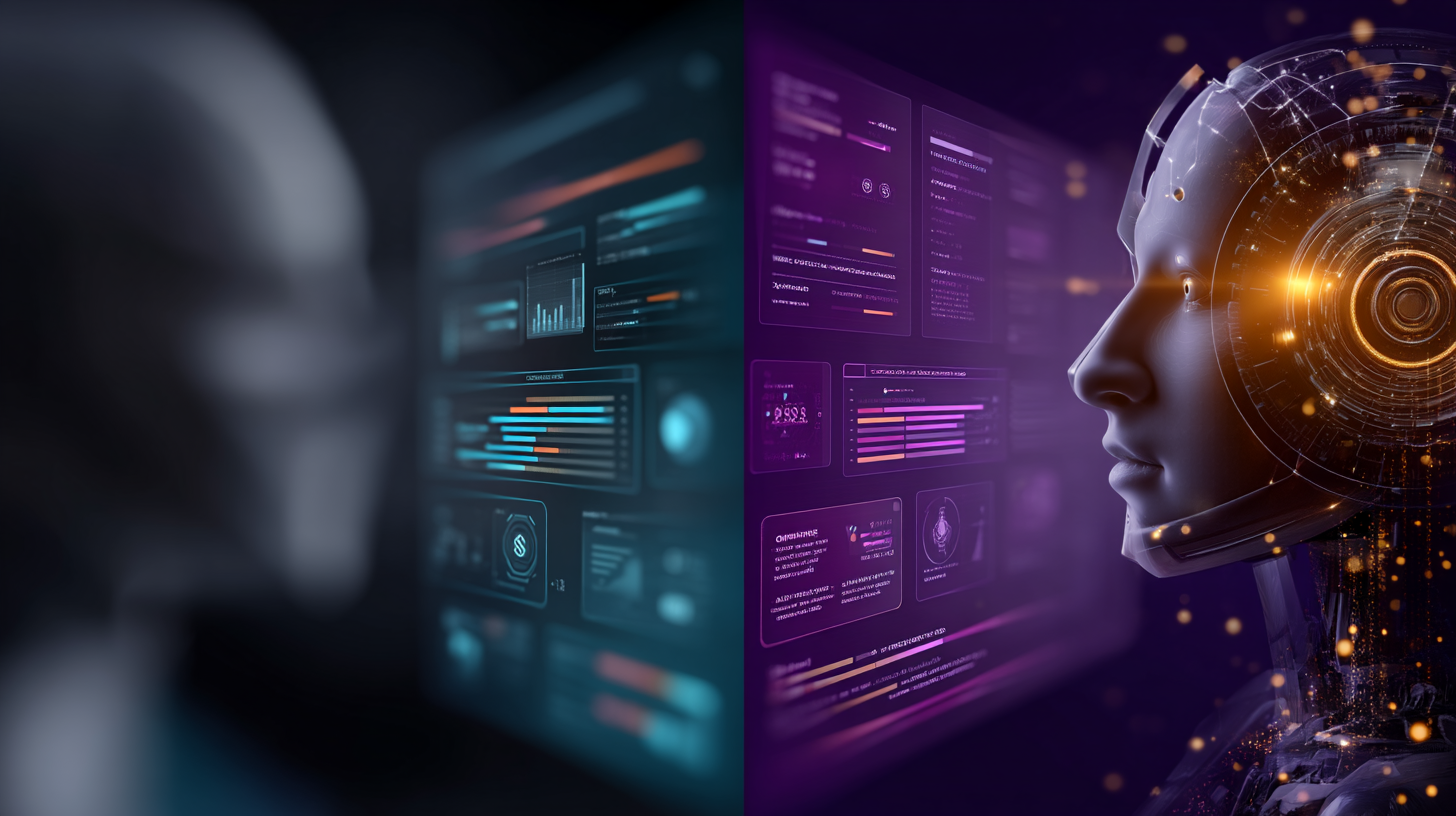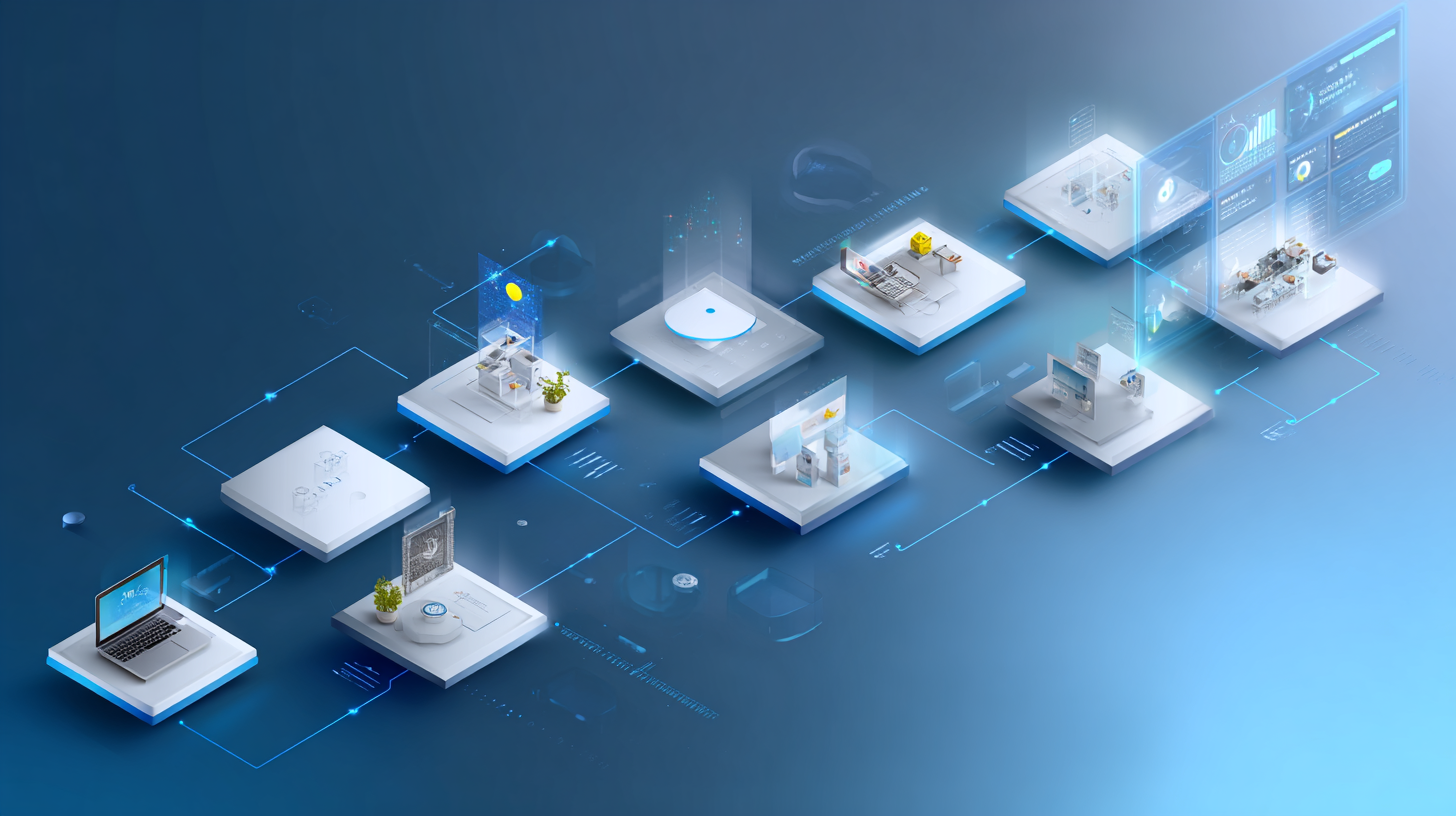Autonomous Agents in the Enterprise: Hype, Risk, and Opportunity

What Are Autonomous Agents, Really?
An autonomous agent is a software system that can take action toward achieving a goal without being manually guided step-by-step. More precisely, agents:
- Perceive their environment (via APIs, data streams, or user input)
- Reason about objectives and constraints
- Plan sequences of actions
- Act independently, often calling APIs, updating systems, or triggering workflows
- Learn or adapt (optionally) over time
They're not just chatbots. And they’re not full AGI either.

✳️ Examples of Enterprise Agents
| Agent Type | Example Use Case |
|---|---|
| IT Automation Agent | Auto-triages support tickets and remediates common issues (e.g., unlocking accounts, restarting servers) |
| Sales Ops Agent | Monitors inbound leads, enriches data, and updates CRM systems |
| Marketing Agent | Designs, drafts, and schedules email sequences based on analytics |
| Finance Agent | Matches invoices, flags anomalies, and triggers payment workflows |
| Legal Review Agent | Classifies documents, extracts clauses, flags potential compliance issues |
These are not distant-future fantasies—they are being tested in production today.

From GPT to Autonomous Agent: What’s Changed?
Large language models (LLMs) like GPT-4o provide the core reasoning engine—but agents layer several critical components on top:
- Memory – Short- and long-term context storage
- Planning Modules – Chain-of-thought, tree-of-thought, or graph-based logic
- Tool Use – API calling, RPA integration, external retrieval
- Environment Awareness – System state, calendars, files, messages, and more
- Autonomy Frameworks – Open source stacks like LangChain, Autogen, CrewAI, or enterprise-grade orchestrators
A GPT model can tell you how to book a meeting. An agent will check calendars, draft the invite, email attendees, and follow up—without you asking twice.

Where Autonomous Agents Work Today
✅ Strong Current Use Cases
- Internal process automation: Replacing robotic process automation (RPA) with intelligent agents
- Research assistants: Summarizing, extracting, comparing across documents or platforms
- Outbound campaign automation: Personalized prospecting with CRM and email tools
- DevOps support: Alert triage, routine script execution, log analysis
🚫 What’s Still Experimental
- Fully autonomous financial decision-making
- Legal contract negotiation or signing
- External-facing agents interacting with customers unsupervised
- Mission-critical operations without human-in-the-loop
Agents are best deployed today inside the enterprise, with clear boundaries, and paired with observability tools.

Emerging Patterns: Architectures for Agents
While tools evolve quickly, four common agent patterns are emerging:
Single Task Agents
- One goal, one system—e.g., "monitor Dropbox for new files and extract summaries"
- Fast to build and low risk
Multi-Step Linear Agents
- Can reason through workflows: “If this, then that” with context
- Often used in ops, HR, or finance
Multi-Agent Collaboration
- Teams of agents with specialized roles coordinating tasks (e.g., researcher, planner, executor)
- Promising, but early-stage
Goal-Oriented Agents with Feedback Loops
- Receive objectives (“launch Q3 campaign”) and figure out how to execute via planning and learning
- Requires robust safety systems

What Are the Risks?
Enterprises need to treat agent deployment with the same rigor as any critical software system—if not more.
⚠️ Common Failure Modes
- Hallucinations – LLMs inventing incorrect data or reasoning
- Overreach – Agents taking actions outside of intended scope
- Security vulnerabilities – Misuse of credentials, weak guardrails
- Auditability gaps – Lack of logs, reproducibility, or version control
- Lack of trust – Teams hesitate to adopt what they don’t understand

🔐 Best Practices to Mitigate Risk
- Human-in-the-loop review steps
- Guardrails via code-based constraints and policy enforcement
- Audit logs and versioned prompts
- Role-based API access
- Fail-safe defaults in case of errors or ambiguity
How to Start: A Safe Path to Enterprise Agents
You don’t need to boil the ocean. Start small. Here’s a typical path:
Identify a Repetitive Internal Process
Look for high-volume, low-judgment tasks (e.g., data entry, report generation)Build a Prototype Using LangChain or CrewAI
Use sandbox environments and narrow scopesShadow Mode Testing
Run the agent alongside a human process for 2–4 weeks to compare accuracy and performanceDeploy in Non-Critical Workflow
Start with internal-only or async tools like Slack or Notion updatesTrack Metrics and Feedback
Measure time saved, errors reduced, and employee sentimentIterate, Then Expand
With trust and insights, extend agent capabilities and system integrations

Tools & Frameworks to Explore
- LangChain – Modular orchestration and memory management
- Autogen – Agent collaboration and multi-agent architecture
- CrewAI – Open framework for agent teams with defined roles
- Guardrails AI – Prompt validation and output control
- Reka, Dust, Cognosys, OpenDevin – Emerging closed/open-source options
Enterprise-ready versions of these are rapidly evolving, often with built-in compliance and observability features.
Final Thoughts: A Strategic Opportunity, Not a Silver Bullet
Autonomous agents are not magic. But they represent a powerful new interface layer between AI models and enterprise systems. Treated with discipline, they can unlock automation that’s flexible, intelligent, and continuously improving.
To succeed, organizations must pair experimentation with governance, excitement with engineering, and vision with verification.
The future of enterprise productivity may well be agent-driven. The path forward starts with responsible exploration—today.

Ready to pilot an AI agent inside your business?
InitializeAI helps teams design, build, and deploy safe, effective autonomous systems tailored to your org.
👉 Contact us to get started.
